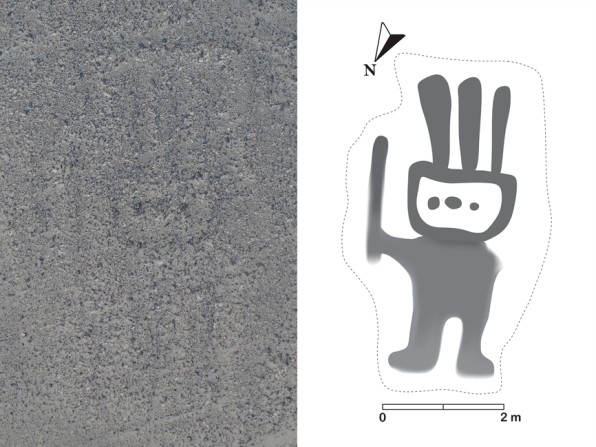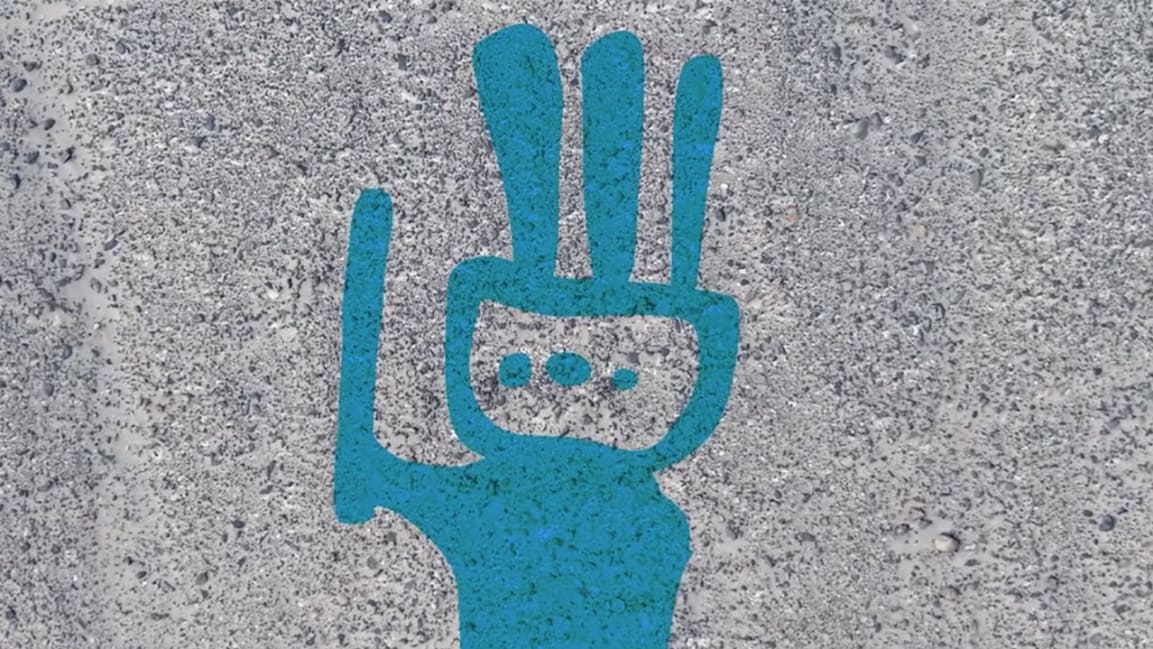This 2,000-year-old cartoon figure was rediscovered by IBM’s Watson in Peru
Whether built to please the gods, guide pilgrims, or signal to aliens (absurdly unlikely), the Nazca Lines in southern Peru are a marvel of ancient engineering. Over 1,000 years, from 500 BCE to 500 CE, ancient Peruvians created channels in the landscape to trace complex shapes and cartoon-like characters, which sometimes measured up to half a mile across.
But time takes a toll. Millennia of erosion have washed away much of these geoglyphs, as they are called. And since the figures aren’t always obvious from the ground level, people have even built roads over the remains without realizing it. While some images are giant, others measure just a few feet acrossss, making them especially hard to pick out.
But where human vision struggles, computer vision can make things clear. Using aerial imagery, IBM employed its Watson Machine Learning AI to pick a possible humanoid figure out of a landscape that to the naked eye appears to hold nothing at all. The AI model was trained on just a dozen images of other Nazca Lines figures provided by Japan’s Yamagata University, which it used to learn the task. Yamagata archaeologists still had to investigate the site to confirm there was a figure and determine its exact shape.

[Photos: courtesy of IBM]
Measuring about 13 feet tall, the figure has a disproportionately large rectangular head that looks a bit like an old-school television. Three columns erupt out of its head, and the figure holds up what looks like a staff or club in its right hand.
Yamagata researchers have been able to tease out more than 100 new figures from the landscape since 2006, without the benefit of AI help. Using AI, they expect to be able to move much faster going forward.
Fast Company , Read Full Story
(17)



